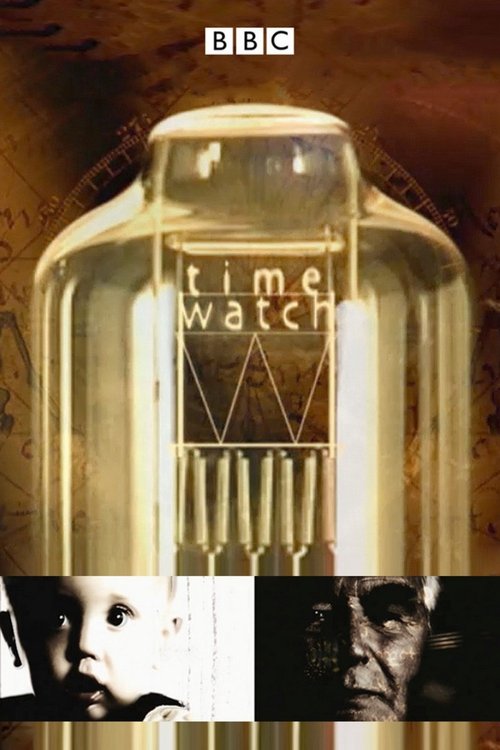
1: Battle of the Styles
Jan 15, 1992
In October 1834 the Houses of Parliament burned down. Which architectural style would best express Victorian values? Architects, politicians, and the general public took sides in a fierce debate between the Classic and the Gothic, echoed in today's battle between Classicists and Modernists.

